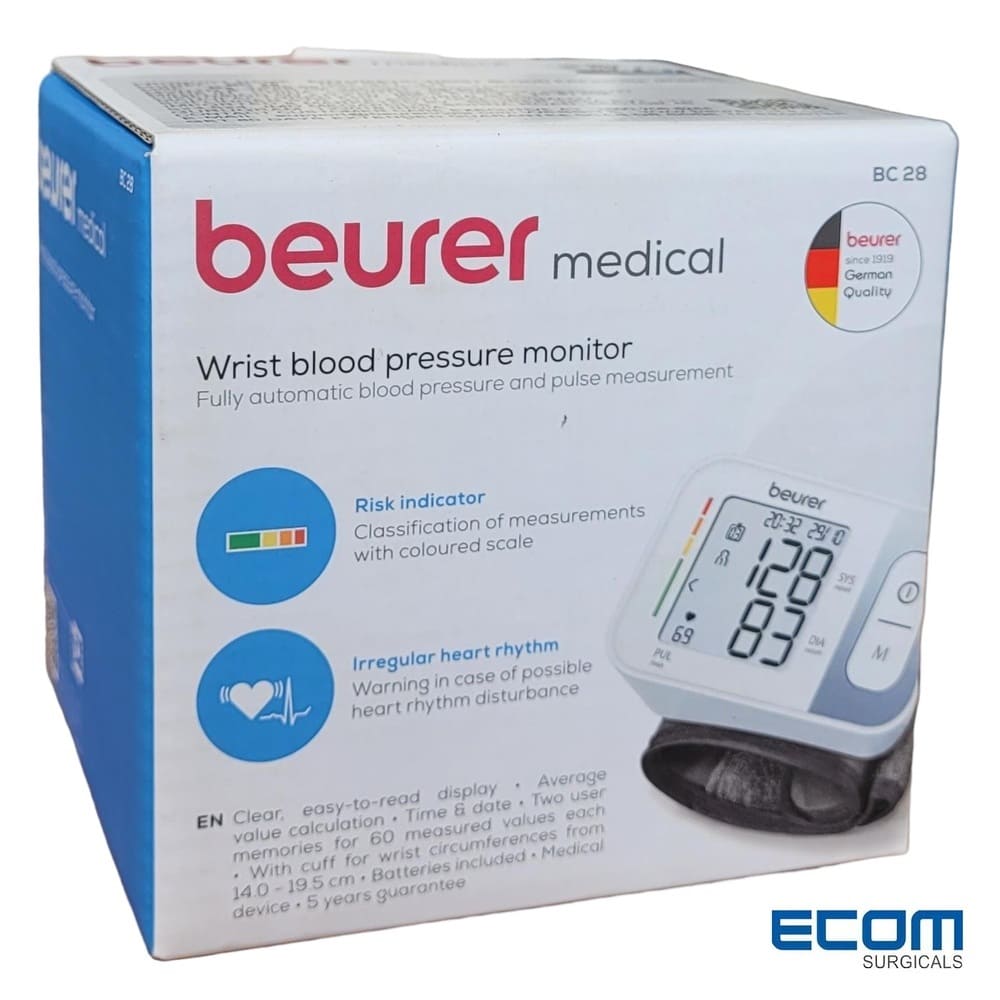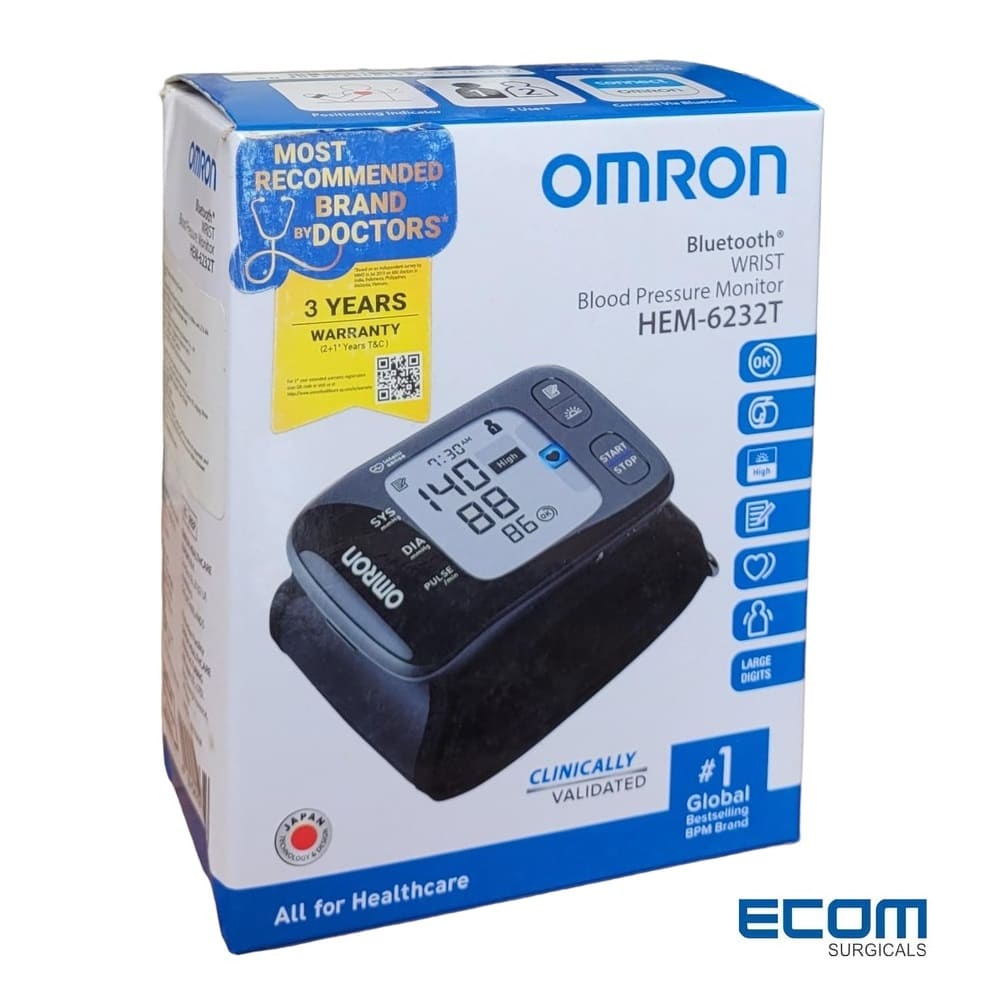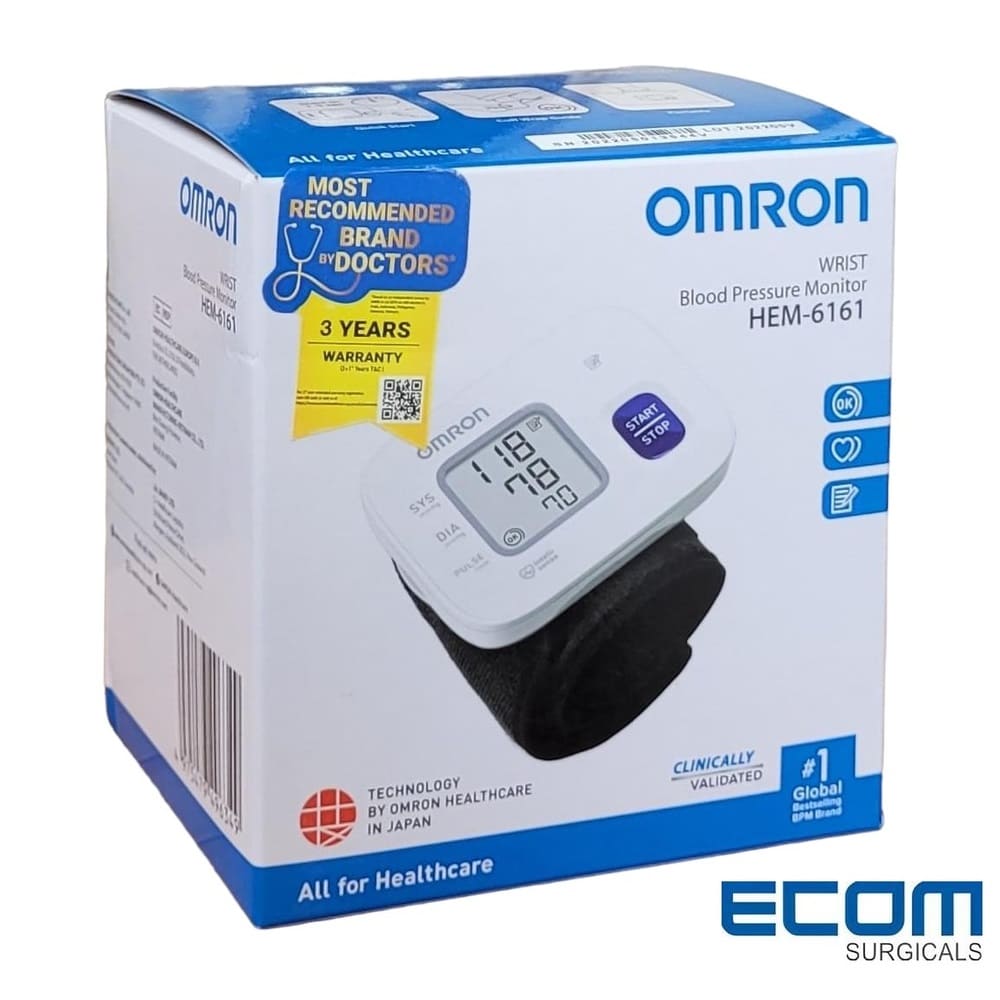MRP: Rs. 1900/-
5-year manufacturer warranty
₹ 1,449.00MRP: Rs. 5890/-
3-year manufacturer warranty
₹ 4,399.00MRP: Rs. 2345/-
Large Digital Display, 30 Readings of Memory
₹ 1,749.00
Thanks to current technological advances, we have a modern way to measure blood pressure that is more convenient than ever before. People used to measure their blood pressure with a stethoscope and a cuff on the upper side of the hand. But now, we have a better way of doing it with a wrist blood pressure monitor.
It is much easier and less time-consuming. You can also use it in the comfort of your home, eliminating the need to visit the doctor for a reading. With the new method, all you have to do is attach the device to your wrist. This monitor will fit every size, whether you are big or small. It may take a little time to get used to it, but you will get the hang of it.
Advantages of a Wrist Blood Pressure Monitor
Wrist blood pressure monitors are very convenient to use as they are fully automatic. If used correctly, they are accurate. They are easy to carry, portable, and lightweight. They are also more comfortable than upper arm monitors.
To get accurate results, you need to position the monitor correctly, as they are sensitive to the body’s position. Place your wrist and arm at heart level. Additionally, the arteries in the wrist are narrow and do not penetrate as deeply into the skin as those in the upper arm. So, if you use the monitors incorrectly, you won’t get accurate results.
People with large arms or those who cannot handle large monitors for measuring blood pressure should consider using these monitors.
Wrist blood pressure monitors are common devices to have at home. They differ from the ones your doctor uses. If the readings make you worried, you can take the monitor with you to the doctor and compare the readings with their monitor.
This is an effective tool, especially if you want to travel somewhere. It is also safe to use and accurate.
Pros:
- Easy to use
- Great for transport
- Convenient
- Lightweight
Cons:
- Very sensitive
- Must pay attention to guidelines
- Takes time to get used to
What Kind of Monitor Should You Choose?
There are many different blood pressure monitors on the market. Select one with multiple features. Some monitors have a large display, which can be really helpful, especially if you have poor vision. People with vision problems may have trouble recognizing the numbers on small monitors, so a bigger monitor is always a good choice.
Another useful feature is a carrying case or box for your monitor, making storage and transport much easier. Lastly, choose a wrist monitor with the best warranty.
That’s it. Now you know everything about a wrist blood pressure monitor. So, pick the one that suits you best.





